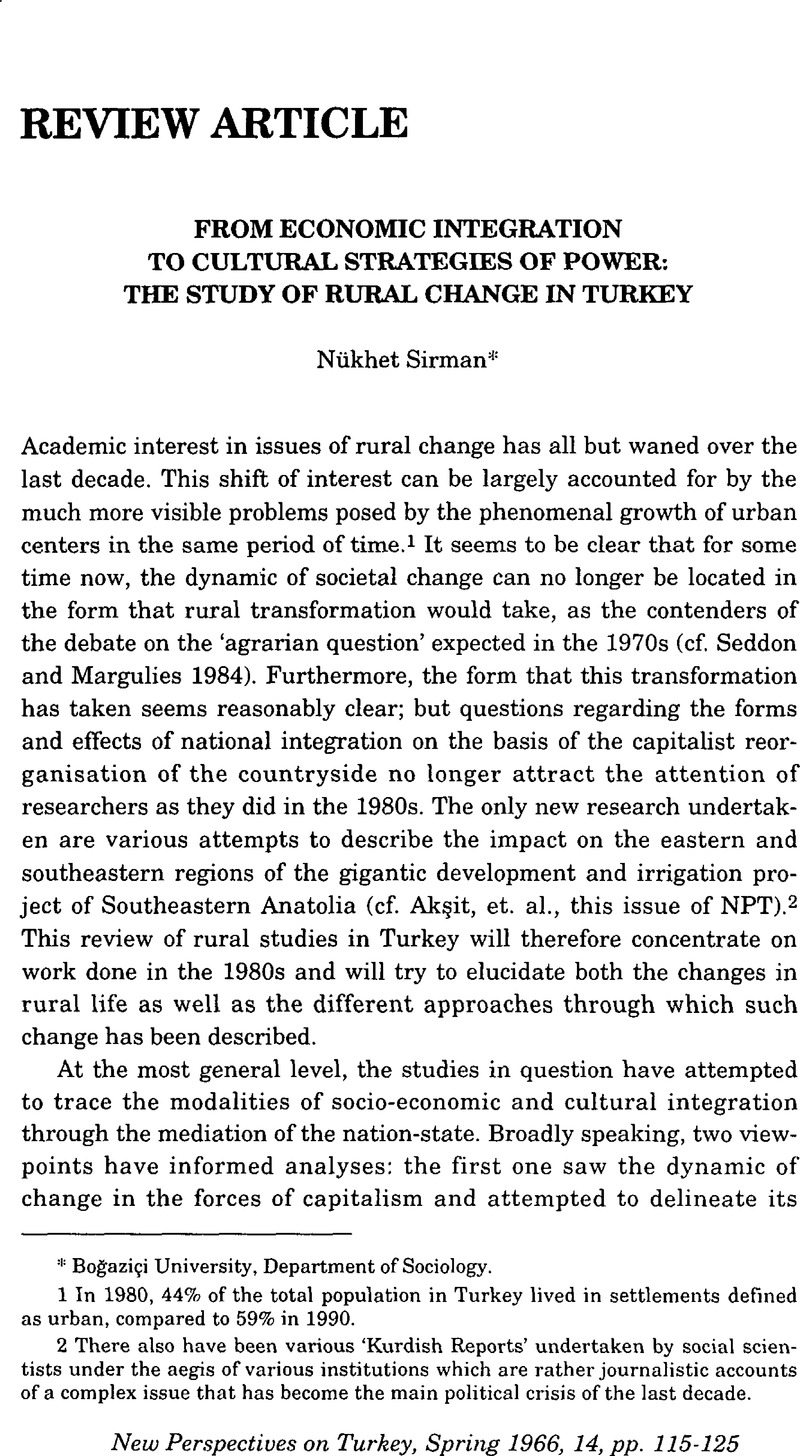Crossref Citations
This article has been cited by the following publications. This list is generated based on data provided by Crossref.
Yalçın-Heckmann, Lale
1997.
Anthropological Studies on Turks in Turkey and in European Migration: Recent Works in German Language.
New Perspectives on Turkey,
Vol. 16,
Issue. ,
p.
105.
Unal, Fatma Gul
2008.
Small is Beautiful: Evidence of an Inverse Relationship Between Farm Size and Yield in Turkey.
SSRN Electronic Journal,
Ünal, Fatma Gül
2012.
Land Ownership Inequality and Rural Factor Markets in Turkey.
p.
95.
Birkalan‐Gedik, Hande A.
2018.
The International Encyclopedia of Anthropology.
p.
1.





